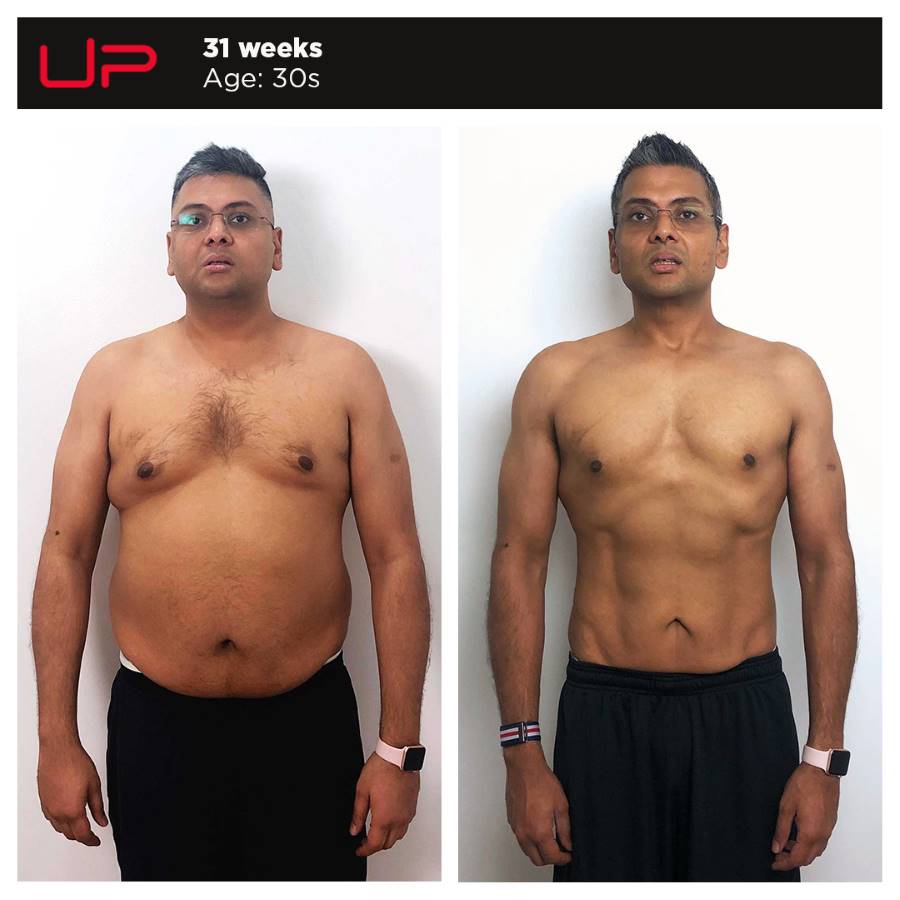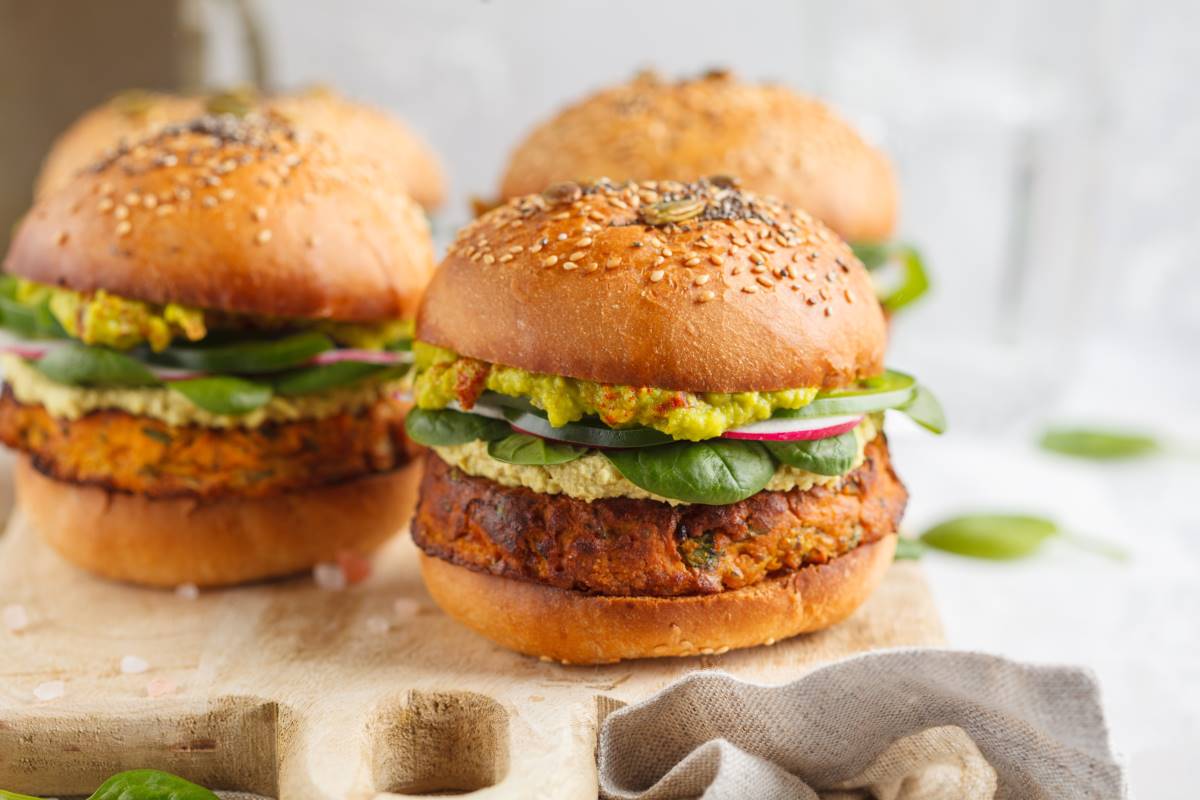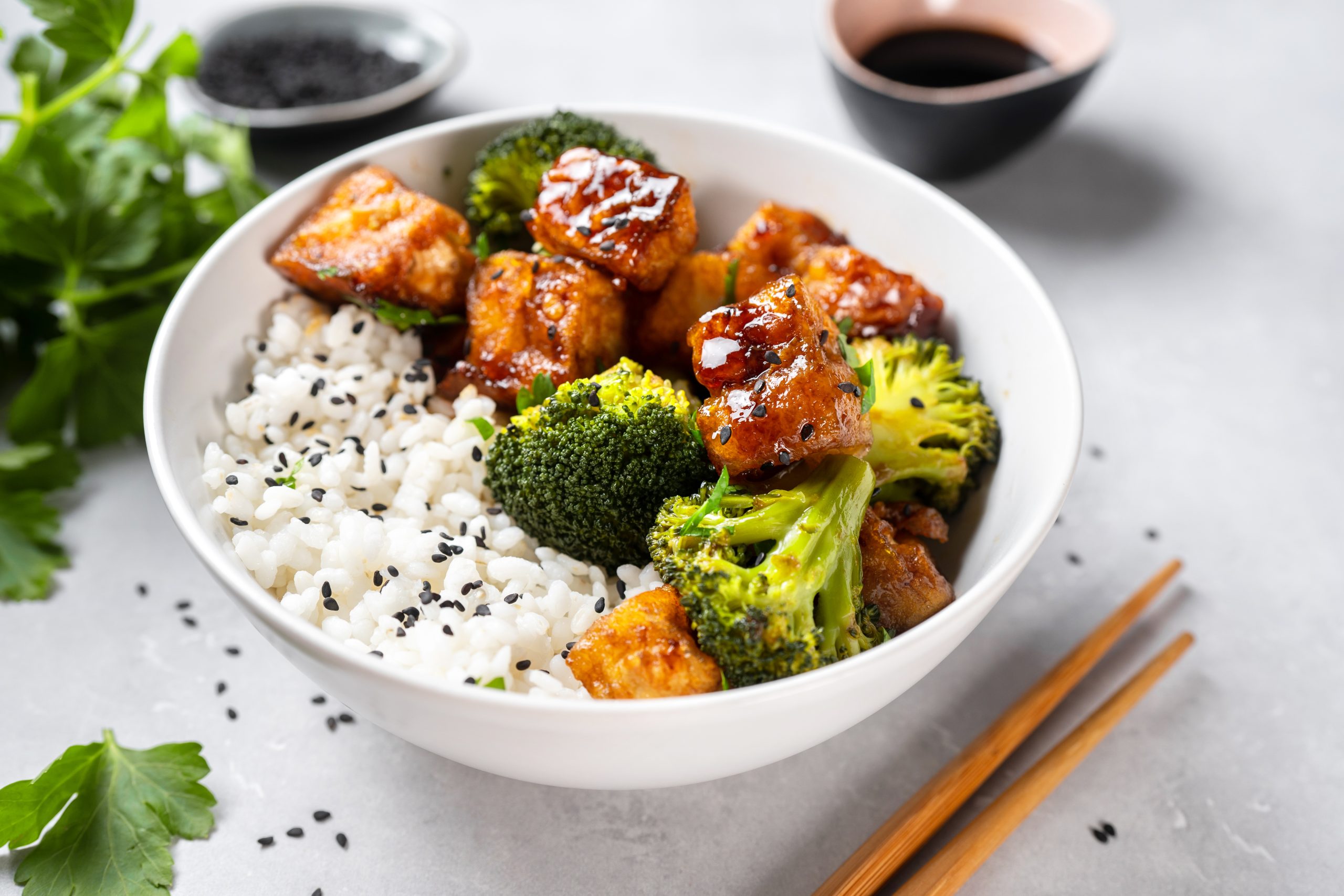Does Going Plant-Based On A Meat-Free Diet Change The Game? Diets Reviewed
Is Going Meat Free Worth It?
As a result of increasing attention to animal welfare, the adverse health effects of modern Western diets, and growing awareness about climate change, more people are going meat-free.
While there are many health benefits to reducing intake of highly-processed animal products, a meat-free lifestyle also has some downsides and complexities. This month, in our diet review, we delve into the science so you can weigh all the pros and cons of meat-free diets.
What does meat-free mean?
The term “meat-free” is a general term used to describe diets which exclude animal products and meat to various degrees.
Veganism
To avoid animal abuse and exploitation, limit the consumption of meat and animal products. Consuming animal products such as milk, meat, honey and leather is also included.
Vegetarianism
Includes eggs and dairy products but excludes meat, fish and other animal products. Included in the variations are:
- Lacto-ovo veganism includes eggs and dairy products, including milk.
- Ovo-vegetarianism does not include milk or dairy products.
- Lacto-vegetarianism allows milk-derived dairy product but excludes eggs.
Pescetarianism
Excludes meat, poultry, and dairy products. Includes fish, seafood, dairy, and eggs. Check out our definitive guide on the pescetarian lifestyle.

Vegan Raul reversed type-2 diabetes and lost 30kg through weight training, nutrition and Ultimate Performance
Many people choose a plant-based or meat-free diet for a variety of reasons, including personal preference and moral concerns. Most people fall into three main categories.
1. Ethics
Vegans and vegetarians often claim that animals have an equal right to live.
2. Climate Change
Evidence suggests that large-scale livestock rearing is a contributor to greenhouse gas emissions[2]. Cattle farming is also one of the leading causes of global deforestation[3].
3. Health Concerns
Many people believe that a meat-free lifestyle has many health benefits, and can even increase your life expectancy.
We’re not qualified to discuss the science or ethics of climate change, but we can explore the health claims that are made about meat-free diets.

Chloe, a vegan model and pro-gamer, went from being’skinny’ and ‘fat’ to toned and lean in just 10 weeks with her transformation program.
Claims in the Spotlight
Do meat-free advocates’ health claims match the facts?
1. It’s healthier to eat meat-free
Many people may be healthier if they eat a vegetarian diet. Statistically (but not always), meatless diets tend include more fruits, vegetables, fiber, and less saturated fatty acids, which reduces the risk of many chronic diseases[4],[5]. A high intake of saturated fatty acids, like those found in meats with a lot of fat, can increase the risk of cardiovascular disease[6],[7]. It is also argued that high consumption of high-fibre, satiating plant-based proteins, such as lentils and pulses reduces obesity. Obesity is itself a significant risk factor for chronic diseases[8].
2. Vegetarians and vegans live longer than meat eaters
Statistics show that those who do not consume meat have a longer life expectancy[9]. Stats also show that vegetarians and vegans are more active, more likely to maintain healthy weights, and live healthier lives in general, all of which are significant moderating factors[10],[11]. It’s important to note that these criteria are not limited to people who avoid meat. Therefore, it’s likely that general lifestyle and behaviours are most influential[12],[13].
3. Meat is a chronic cause of diseases such as cancer, heart disease and type 2 diabetics
Population-wide studies have shown that a high meat consumption may increase the risk of chronic diseases[14]. Research does not show that eating meat alone is bad for your health[15],[16]. Many studies lump processed and unprocessed beef together, even though they have vastly different health effects. Unprocessed and processed meats do not have any negative health effects when consumed as part of healthy eating habits.

Kamran, a business boss, got into the best shape of life after a 26-week transformation. He ate mainly fish.
Considerations before going meat-free
There are many reasons to consider switching to a meat-free diet. If you are considering going meat-free or have already made the switch, you should consider some key factors.
1. Protein intake
Dietary proteins are an essential macronutrient for muscle growth, maintenance and immune function. The ‘quality of protein’ is one of the most crucial aspects of intake, specifically its amino acid composition. Nine amino acids are essential and must be obtained through diet. Many plant-based proteins are lacking in EAAs[19]. While animal protein contains all EAAs most of the time, they may be deficient in some. Once you reduce your intake of animal products it is difficult to consume enough ‘high quality’ protein[20]. If you’re thinking about becoming vegetarian or pescatarian you will have a wider range of options. If you are going to be a plant-based diet, you’ll need to carefully consider the foods you combine to create a complete amino acid profile.
Ultimate Performance’s Vegan Protein contains the full spectrum of essential amino acids for vegetarians and vegans to help support muscle growth.
2. Nutrient deficiencies
The micronutrients in our food are essential vitamins and minerals for a healthy body. Unfortunately, we get a large amount of these micronutrients through animal products and meat. Going meat-free may lead to deficiencies of nutrients like zinc, calcium and iodine. It can also cause iron and vitamin B12 and D deficiency[21]. You may not need to supplement if you include animal products like dairy, fish or eggs in your diet. If you’re planning to eliminate all animal products from your diet, it is best to take supplements to fill in any nutritional gaps.
3. Protein content as a percentage of total calories
When going meat-free, it can be difficult to balance protein intake and calories. Protein, for example, accounts for 80% the total calories in sirloin, while it only makes up 35% of almonds’ equivalent calories. You will need to eat more plant-based proteins and therefore consume more calories in order to reach your goals. As an example, 30g protein from lentils contains 250 calories in the form of carbohydrates. It’s difficult to find low-calorie plant-based sources of protein.
4. Highly processed plant based foods
According to statistics, vegans and vegetarians consume more highly-processed foods than meat eaters[22]. You’ll find a growing range of highly processed plant-based convenience food and fake meats in any supermarket. They often contain additives such as texturisers (texturisers), dyes, and emulsifiers. These products are made with textured soy proteins, quinoa and other cereals and pulses. They also include plant-based beverages made from rice, soy or almond. These foods can make it easier to go meat-free, but little is known about their long-term impact on the diet. Processed foods are more likely to be over-consumed than single-ingredient food[23]. These foods are also high in sodium, which can increase your risk of high blood pressure[24].

Vegetarians and vegans tend to consume highly processed and unhealthy foods such as plant-based snacks, burgers and convenience foods.
5. Soy-based proteins
In many countries, soy products and protein powders can be found in the diet. This is especially true for meat-free products. Many studies, funded by the soy sector, have attempted to prove its health benefits, including improving cholesterol and heart health[25]. The evidence for soy’s benefits is not always solid. In 2017, the FDA proposed to rescind its claim that it reduces heart disease risks[26].
When it comes to soy products, there are two main problems. First, soybeans are high in anti-nutrients that interfere with our ability absorb and digest vitamins, minerals, and protein[27]. Processing removes the majority of these antinutrients. However, it is important to know that even after processing, soy flours and protein powders can still contain as much as 25% phytates or tannins[28]. Soy protein forms may contain less bio-available protein than other forms.
Second, many soy products contain phytoestrogens. These have a chemical structure similar to estradiol which is the main oestrogen for men and women in premenopause. Because of their similarity, phytoestrogens are able to bind to oestradiol receptors more effectively, blocking the natural hormonal signals. These compounds can be harmful or not depending on the age and gender of the individual.
Although there is a lot of fearmongering about the effects of soy consumption on testosterone levels in men, it does not appear that consuming reasonable amounts of soy will negatively affect fertility. This becomes less likely with very high intakes over extended periods[29],[30].
The picture is slightly altered in women. In women, the phytoestrogens may not affect natural levels of oestrogen, but they can decrease follicle stimulating hormone and luteinising hormonal, which are crucial to the menstrual cycles[31]. This group may want to reduce their soy intake, even though the effects of soy on fertility are unknown.
Menopausal woman may still benefit from soy. Menopause is marked by the cessation or near-cessation of production of sexhormones such as oestrogen. But because phytoestrogens provide a weak signal that mimics natural oestrogen, they may help reduce the risk of breast cancer, improve bone mineral density, and decrease the frequency and severity of hot flashes[32],[33],[34].
Making A Meat-Free Diet Work For Your Fitness Goals
U.P. has worked with hundreds clients who have chosen to eat meat-free. These tips will make it easier to go meat-free.
1. Reduce your protein intake
It can be challenging to reach a high-protein goal while still staying within your calorie limit if you are dieting. Many plant-based protein sources also contain carbs or fat. It may be easier to stick to a protein intake of 1.8-2.0g/kg lean body mass if you set your goal at 1.8-2.0g/kg.
2. Low carbohydrate may not be realistic
Low-carb phases are beneficial in improving insulin sensitivity as well as reducing the total amount of calories consumed. Low-carb is not possible with many minimally-processed meat-free proteins, like pulses and beans. If you want to still reap the benefits from low-carb diets, then methods such as time-restricted eating are beneficial for insulin resistance and other health markers[35].
3. Choose your sources of protein wisely
The choice of your protein source is influenced by the restrictions you select. Pescatarians should find it relatively easy to incorporate minimally processed protein sources. Vegetarians can find minimally processed sources of protein in eggs, fermented tempeh and seitan. Vegan diet is probably the most difficult from a physique standpoint. Although it is difficult, you can build an amino acid profile using sources like seitan, tempeh and pulses. It’s essential to take amino acids and a vegan protein before each meal if you are a vegetarian or vegan.
The Take-Home
This table summarizes everything you should know before you make the switch.

There are many factors to consider when you decide to go meat-free. Whether it’s for health, ethical or environmental reasons, there is a lot to think about. It is possible to have a fantastic physique with a meatless diet if you plan carefully. Contact us if you are unsure how to achieve this.
The Key Takeaways
- Many people choose to eat meat-free for a variety of reasons, including health, environmental and ethical concerns.
- Meat-free diets can range from a few animal products to none.
- The health benefits of a meat-free diet are not all that they seem.
- There are some potential health consequences associated with meat-free diets. However, these can be avoided.
- You can achieve a great body with a vegetarian diet. However, it will require some extra preparation and consideration to meet your nutritional requirements.

